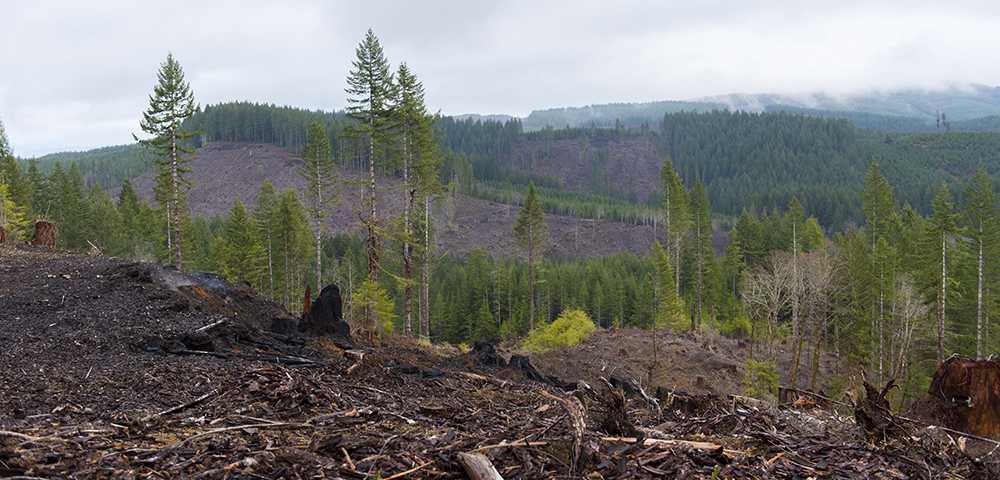| WASHINGTON, December 19, 2019 – The USDA Forest Service announced today that 2019 was a historic year for America’s national forests and grasslands. “In 2019, through Shared Stewardship agreements we forged new partnerships and built on existing ones to better collaborate and share decision space with states, partners and tribes,” said Forest Service Chief Vicki Christiansen. “We also opened hundreds of thousands of acres of national forests to visitor access and sold more timber in this year than we have in any of the past 21 years, providing a sustainable flow of forest products and supporting rural economies.” Creating healthy, productive forests and supporting rural economies The Forest Service surpassed expectations and sold nearly 3.3 billion board feet of timber in 2019—75 million board feet more than the 20-year high set in 2018. The agency also improved forest conditions and reduced wildfire risk on over 4 million acres through timber harvest, removing hazardous fuels like dead and downed trees, and combating disease, insect and invasive species infestations. Timber harvest volume from projects under the Good Neighbor Authority, more than tripled in 2019 from 22 to 89 million board feet. This authority allows the Forest Service to enter into agreements with state forestry agencies to perform restoration work to improve health and productivity on national forests and grasslands. To date, projects under this authority have taken place in 38 states. Sharing stewardship responsibilities and being better neighbors So far, 12 states and the Western Governors Association have signed on to work alongside the Forest Service to set landscape-scale goals, as well as share resources and expertise. These Shared Stewardship agreements allow the Forest Service to better work with partners to address challenges such as wildfire, insect and disease infestations and improve forest and watershed conditions while adapting to user needs. Participating states include Arkansas, Colorado, Georgia, Idaho, Massachusetts, Montana, Nevada, New Mexico, North Carolina, Oregon, Utah, and Washington. The Joint Chiefs’ Landscape Restoration Partnership, a combined effort of the Forest Service and the Natural Resources Conservation Service, treated 100,000 acres in 2019 to improve forest health where public and private lands meet and to protect nearby communities from wildfire. The U.S. Endowment for Forestry and Communities, the National Forest Foundation and the Forest Service partnered to set up a $4 million grant program to improve watersheds and reduce wildfire risk. The Forest Service launched a community-based prototype wildfire risk mapping tool in Washington State. This tool is the first of its kind and allows local, state and federal agencies to fight fire where it matters most and to build fire-adapted communities more strategically and collaboratively. A nationwide map based on the prototype will be available in 2020. Increasing access and improving recreation experiences More than 5.2 million hours of work were logged in 2019 as part of the 21st Century Conservation Service Corps, a private-public partnership that engages more than 25,000 returning veterans and young Americans each year to strengthen America’s infrastructure and boost local economies. Participants helped to plant trees, reduce wildfire risk and improve forest conditions through vegetation management and hazardous fuels reduction projects, valued at $128 million. Nearly 560,000 acres of national forests and grasslands were opened for access in partnership with the National Wild Turkey Federation as part of their “Save the Habitat. Save the Hunt” initiative. Access and recreation opportunities were improved through the National Forest and Grasslands Explorer and Digital pass applications. The Explorer app lets visitors know where to find points of interest on national forests and grasslands and how best to explore them. The Digital Pass app was developed in cooperation with Recreation.gov to make purchasing day passes easier by selling them online. “2019 was a banner year for us,” added Chief Christiansen. “Next year, we will continue to build on these successes to improve conditions on America’s national forests and grasslands to ensure they are healthier, more resilient and more productive.” “We will keep building on the partnerships that make these successes possible and commit to increasing access to better connect people to their natural resources, so these national treasures endure for generations to come.” For more information about the Forest Service visit www.fs.fed.us. | 